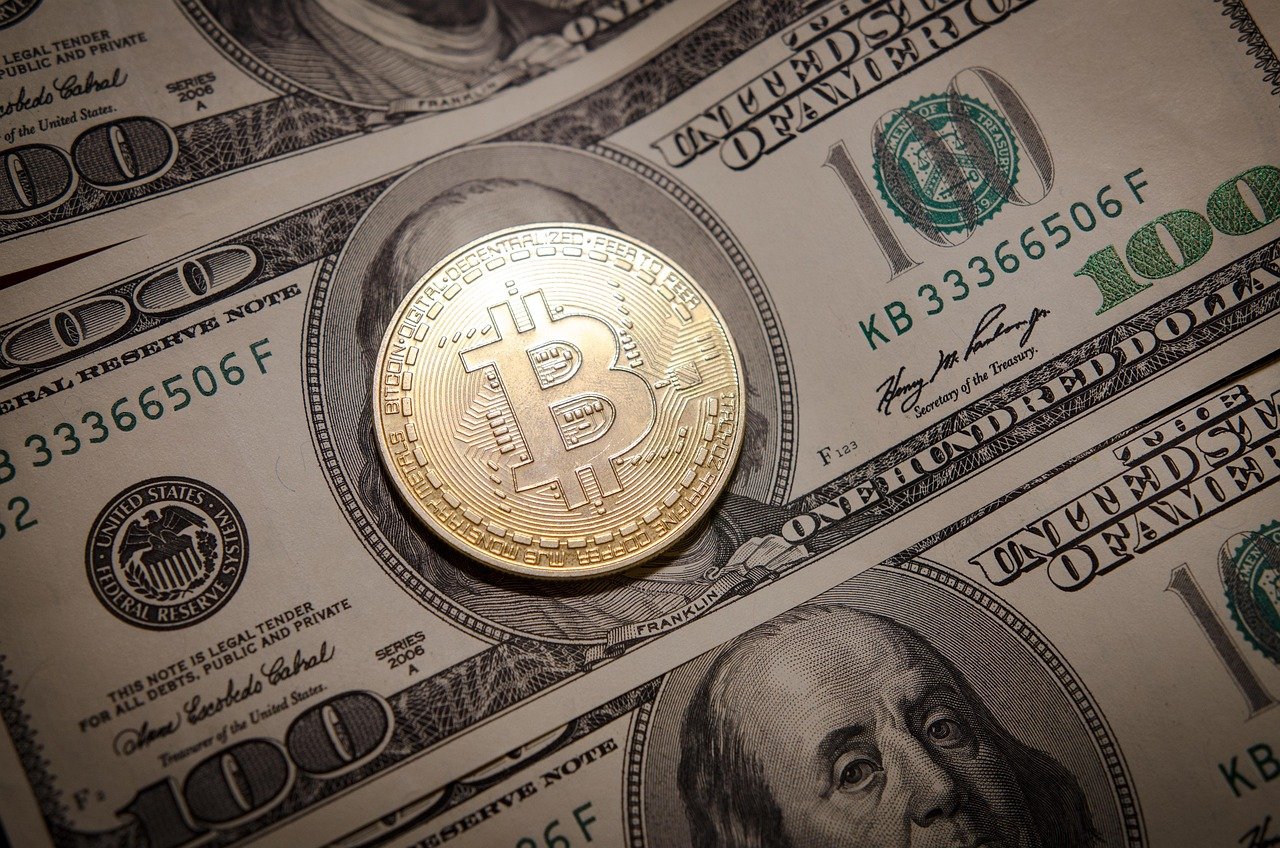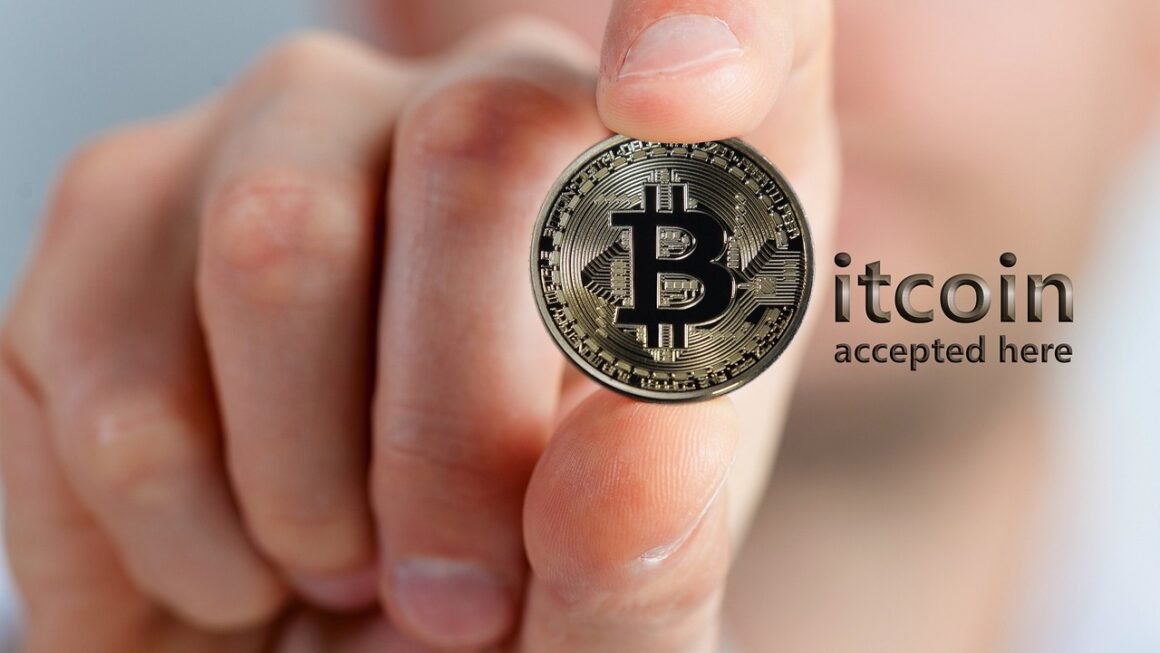Gas fees. The mere mention can send shivers down the spines of even seasoned cryptocurrency enthusiasts. These transaction fees, necessary for operating on blockchain networks like Ethereum, can fluctuate wildly and significantly impact the cost of interacting with decentralized applications (dApps), trading tokens, and everything in between. Understanding gas fees is crucial for navigating the crypto landscape efficiently and avoiding unexpected expenses. This comprehensive guide will demystify gas fees, explain how they work, and offer strategies to minimize their impact.
What are Gas Fees?
The Role of Gas in Blockchain Networks
Gas fees are essentially payments made by users to compensate the computational effort required to process and validate transactions on a blockchain. Think of it as the fuel that powers the decentralized engine. They incentivize miners (or validators in Proof-of-Stake systems) to include your transaction in the next block, securing the network and ensuring its functionality.
On the Ethereum network, for example, every operation – from sending Ether (ETH) to executing a smart contract function – requires a certain amount of gas. The more complex the operation, the more gas it consumes.
Gas Limits and Gas Prices
Two key factors determine the actual cost of a transaction:
- Gas Limit: This is the maximum amount of gas you are willing to spend on a transaction. You set this limit before submitting your transaction.
- Gas Price: This is the amount of ETH you are willing to pay per unit of gas. Gas price is typically measured in Gwei (Gigawei), where 1 Gwei equals 0.000000001 ETH (10-9 ETH).
The actual fee you pay is calculated as: Gas Used * Gas Price. If your transaction uses less gas than your gas limit, you are refunded the excess gas. If your transaction requires more gas than your gas limit, it will fail, and you’ll still pay the gas fee for the computation performed up to the point of failure (excluding the refunded excess gas).
Why are Gas Fees Necessary?
Gas fees are crucial for:
- Network Security: They deter malicious actors from spamming the network with unnecessary or computationally intensive transactions.
- Transaction Prioritization: Higher gas prices incentivize miners/validators to prioritize your transaction, leading to faster confirmation times.
- Resource Allocation: They fairly allocate the limited computational resources of the blockchain to those who are willing to pay for them.
Factors Influencing Gas Fees
Network Congestion
The primary driver of gas fee fluctuations is network congestion. When many users are trying to transact simultaneously, the demand for block space increases, driving up gas prices. This is analogous to rush hour traffic – the more cars on the road, the slower everyone moves, and the more expensive it becomes to reach your destination quickly.
Example: During a popular NFT mint, gas prices can surge dramatically as thousands of users compete to get their transactions included in the next block.
Transaction Complexity
The complexity of your transaction directly impacts the amount of gas required. Simple transfers of ETH consume less gas than interacting with intricate smart contracts that involve multiple computations and storage operations.
Example: Swapping tokens on a decentralized exchange (DEX) often involves more gas than simply sending ETH to another wallet because it requires executing multiple functions within the DEX smart contract.
Block Size and Gas Limit per Block
The size of a block and the total gas allowed per block also influence gas prices. Ethereum has limits on these parameters. When blocks are full (or close to full), the competition for inclusion increases, pushing gas prices higher. Upcoming upgrades and scaling solutions aim to increase these limits, which will hopefully lower gas fees long-term.
Market Volatility
Market volatility, particularly in the price of ETH, can indirectly affect gas fees. If ETH prices are rising rapidly, users may be more willing to pay higher gas prices to execute transactions quickly and capitalize on market opportunities.
Strategies to Reduce Gas Fees
Time Your Transactions Wisely
One of the most effective ways to reduce gas fees is to transact during periods of lower network activity. Generally, gas fees tend to be lower during off-peak hours, such as late at night or early in the morning (UTC timezone).
Tip: Use gas trackers like Etherscan’s Gas Tracker, Blocknative Gas Platform, or gasnow.org to monitor current gas prices and identify optimal times to transact.
Adjust Gas Prices Manually
Most wallets allow you to manually set the gas price for your transaction. While setting a very low gas price might seem appealing, it can result in your transaction being stuck in a pending state indefinitely if miners/validators don’t find it profitable to include. Use gas trackers to determine a reasonable gas price based on current network conditions. A slightly higher gas price than the “standard” price can often ensure faster confirmation without significantly increasing the cost.
Use Layer-2 Scaling Solutions
Layer-2 scaling solutions, such as Optimistic Rollups, ZK-Rollups, and sidechains, offer a way to process transactions off the main Ethereum chain (Layer-1) and then periodically settle them on the main chain. This significantly reduces congestion on Layer-1 and drastically lowers transaction fees.
Examples: Popular Layer-2 solutions include Arbitrum, Optimism, Polygon (Matic), and zkSync.
Consider Gas Tokens
Gas tokens like Chi Gastoken and GST2 are designed to be minted when gas prices are low and burned when gas prices are high. Burning these tokens releases gas back to the transaction, effectively offsetting some of the gas costs. However, the benefits depend on the gas price fluctuation and require understanding of the underlying mechanics.
Batch Transactions
If you need to perform multiple transactions, consider batching them together into a single transaction using smart contracts that support this functionality. This can significantly reduce the overall gas cost compared to sending individual transactions.
Example: Some DeFi platforms allow you to deposit multiple tokens into a liquidity pool in a single transaction, saving on gas fees.
Tools and Resources for Monitoring Gas Fees
Etherscan Gas Tracker
Etherscan’s Gas Tracker provides real-time information on current gas prices, historical gas price trends, and recommended gas prices for different transaction speeds (e.g., fast, standard, slow).
Blocknative Gas Platform
Blocknative’s Gas Platform offers a more sophisticated view of gas price predictions, including percentile-based estimates and simulations of transaction confirmation times.
Gasnow.org (by SparkPool)
Gasnow.org provides a simple and intuitive interface for visualizing current gas prices and understanding the relationship between gas price and confirmation time.
Wallet Integrations
Many popular cryptocurrency wallets, such as MetaMask, Trust Wallet, and Ledger Live, now integrate gas price estimation features to help users set appropriate gas prices for their transactions.
Conclusion
Navigating the world of gas fees can be challenging, but understanding how they work and employing effective strategies to minimize their impact is crucial for anyone interacting with blockchain networks. By carefully monitoring gas prices, transacting during off-peak hours, exploring Layer-2 solutions, and utilizing gas tokens when appropriate, you can significantly reduce your transaction costs and make the most of the decentralized web. Keep in mind that the landscape is constantly evolving, with new scaling solutions and optimization techniques emerging regularly. Staying informed and adapting your strategies accordingly will ensure that you remain a savvy and cost-effective participant in the blockchain ecosystem.



